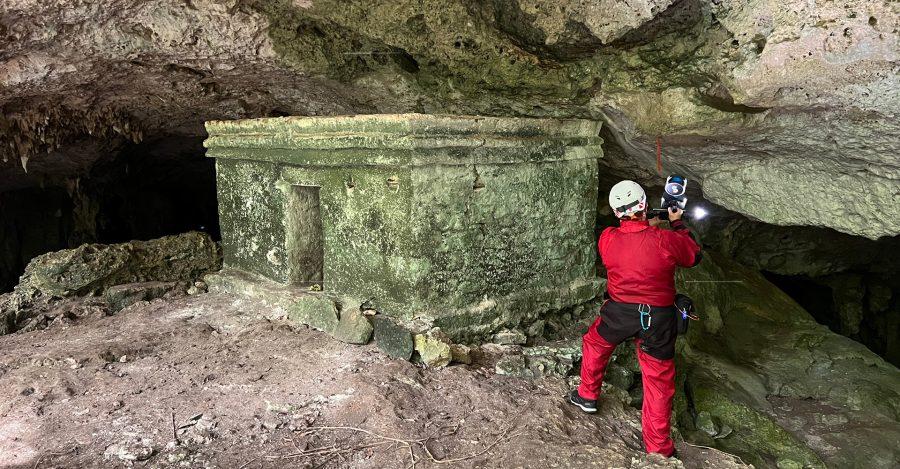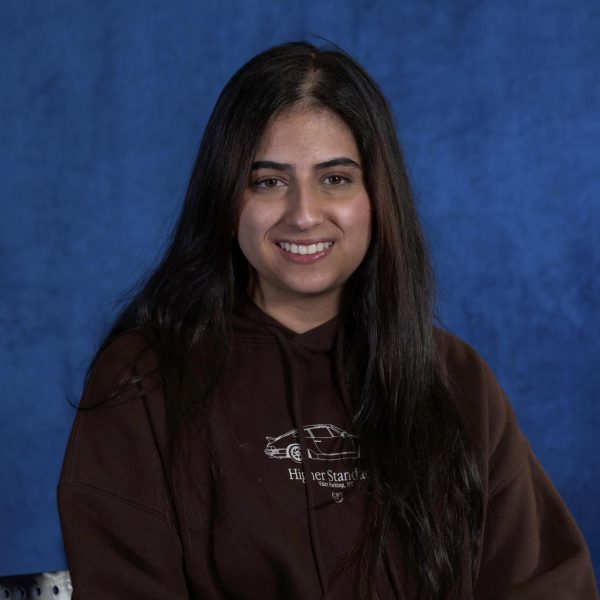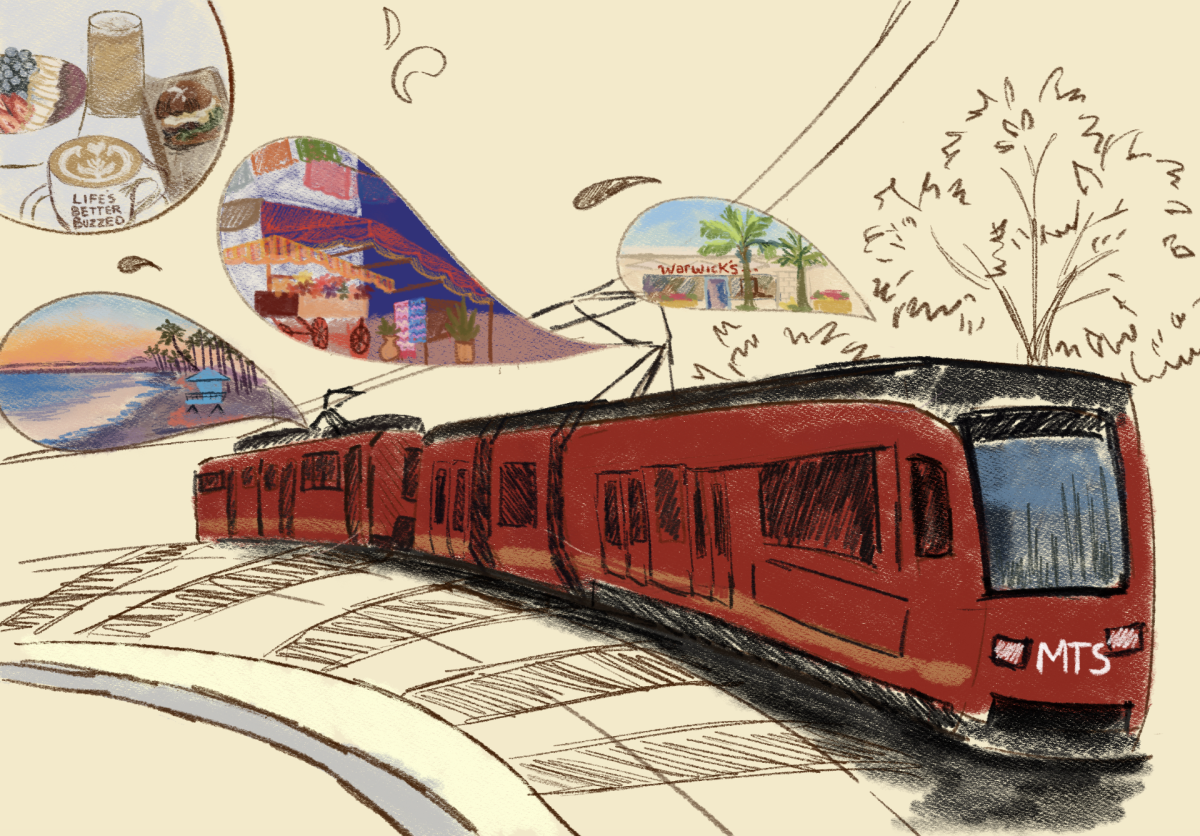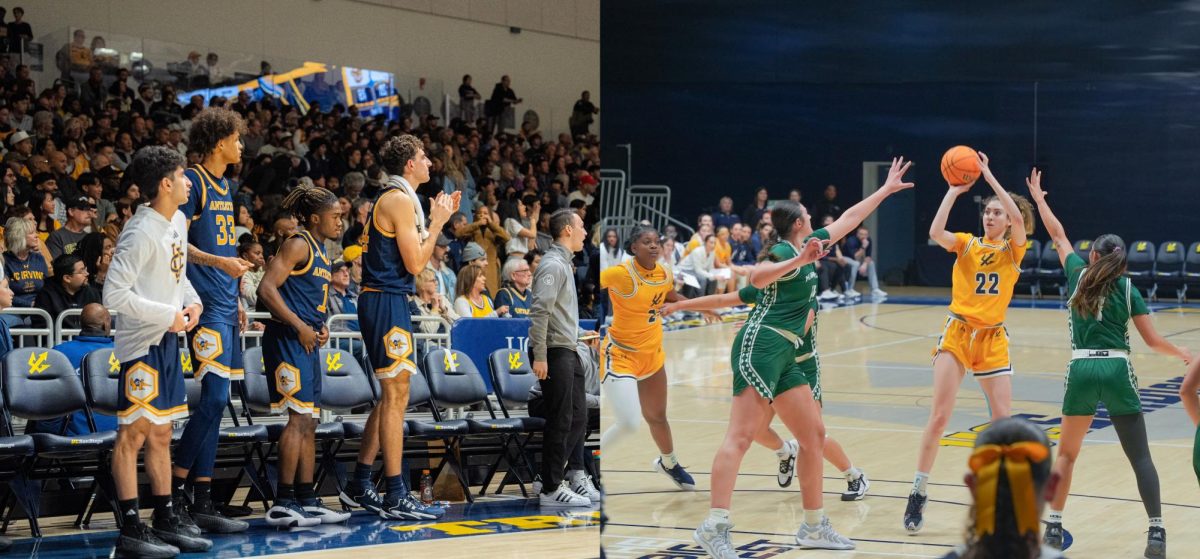UCSD Researchers Pursue International Efforts to Study Ancient Mayan Ruins
Feb 20, 2023
UC San Diego research scientist Dominique Rissolo is on a mission to aid his colleagues on their long-standing Mexican railroad project known as the Tren Maya, or Maya Train, in an international effort to preserve ancient architecture.
Dominique Rissolo, archeologist at the UC San Diego Qualcomm Institute and an associate director of the Scripps Center for Marine Archeology, recalled that the collaboration was initiated last summer. He received a call from a member of Mexico’s National Institute of Anthropology and History as they were facing difficulties executing their railway line. Projected to be completed by 2024, the system is set to stretch across over 1,000 miles, starting through the Mayan city state of Palenque and looping through the Yucatán Peninsula. This project not only requires expertise for its length, but its trajectory near culturally significant Mayan ruins also requires considerable land-use planning.
The INAH team has paused the building of the railroad in order to adequately study the ancient ruins in the projected train’s path. The question from the team consisted of whether Rissolo could help the INAH team scan the ancient Mayan grounds discovered during the railway’s building. Understanding the significance of this project, Rissolo exclaims how his “Mexican colleagues have considerable expertise and are committed to documenting and safeguarding the nation’s cultural patrimony, but the scale and pace of the Maya Train project is in some ways unprecedented.”
Rissolo has worked with INAH in the past to take detailed images and scans of ancient ruins, and has more recently collaborated with UC Merced’s anthropology and heritage studies department Professor Holley Moyes in order to receive more advanced imaging technology. Moyes studies the architecture of the Mayan ruins in tandem with its historical symbolism and past to get a better understanding of the areas’ layout.“I’ve never seen these [paseo] structures in Belize or Guatemala…They’re one of these regional variants that we see only in the Yucatán. It’s unique to this region as far as I can tell,” Moyes said in regard to culturally similar regions.
For Rissolo, the requested research is crucial for planning the Maya Train route. This research will provide a benchmark to test whether other local non-profit groups and research teams, such as the Cultural Heritage Engineering Initiative, have the capacity to conduct thorough scanning and risk documentation in the area.
The actual measuring process initiated by the team requires direct contact, requires spelunking through cave systems, measuring overall metrics, analyzing the archeological and chemical build of the inside structures, and imaging. Thanks to the newer, advanced technology acquired by the two UC professors, researchers could now more easily take scans of inner caves and other physically challenging environments. Data Systems Analyst Scott McAvoy found the opportunity to utilize Rissolo’s research tool, exclaiming that “[it] was really interesting and powerful to be able to hand this device off to our colleagues…It was empowering in my eyes for the people on the ground to do the documentation.”
While researching the Yucatan cave systems, Rissolo and the rest of the team performed scans that revealed insightful information on the historical make-up and landform origins. While exploring the international area specifically, researchers believe that “these sites provide us with important information not only on various aspects of a social, economic and political nature … but also on climate and landscape changes in the region,” according to INAH researcher Barba Meinecke.
This included never-before-seen deep-ground cave systems containing bones of both prehistoric animals and humans from over 10,000 years ago. Barbra exclaims that “[the] Mexican government, in collaboration with INAH, has several projects underway that will make it possible to share our results. All of this will be available in museums inaugurated within this project’s framework.”
Though Tren Maya’s construction has revealed many ancient artifacts and historically-significant infrastructure within the rainforest, the $15 billion dollar project has also received controversy over its imminent destruction of the ancient Mayan civilization. The preserved Mayan Heartland is an area of cultural richness: this has caused archeologists to sprawl to the area in attempts to discover the remains before construction permanently affects significant areas. Mayan civilization scholar Ivan Šprajc contends that “it’s so rich in archaeology that the only way to preserve everything would be to construct an upper story for the whole population,” causing backlash from archeologists and researchers and notions to plead to the government on rerouting the tracks. Such a predicament highlights the continuous struggle between wanting to preserve the past and celebrating the benefits of infrastructure development as a means of modernization.
After his unique finds, Rissolo plans on working with other UCSD and CHEI researchers to analyze and summarize their findings. More specifically, the CHEI team has partnered with the Scripps Center For Marine Archeology to push research efforts from marine archeology, oceanography, and engineering lenses. A part of this work includes taking the collected data and creating visual flythroughs of the inner cave systems using virtual reality facilities. CHEI Director and UCSD Jacobs School of Engineering professor Falko Kuester believes that “this collaborative project seeks to provide actionable data to decision-makers, while creating a foundation to plan and prepare for, respond to and recover from extreme events and the perils of time, all important steps toward creating a future for the past.” In tandem with continuous research and enticing discoveries done nearby, the Maya Train is still being built and is set to be completed by 2024.
Photo courtesy of UC San Diego Today


















LOL BEANS • Feb 22, 2023 at 11:57 pm
Reading this was definitely time well spent in my opinion. I have high hopes that the next essay you write will captivate and engage me just as much as this one did. Excellent job!!
Jesus Ramirez • Oct 31, 2023 at 11:05 pm
I need protection for my kids cause I’m learning about the biotechnology research for ancient archeological finds